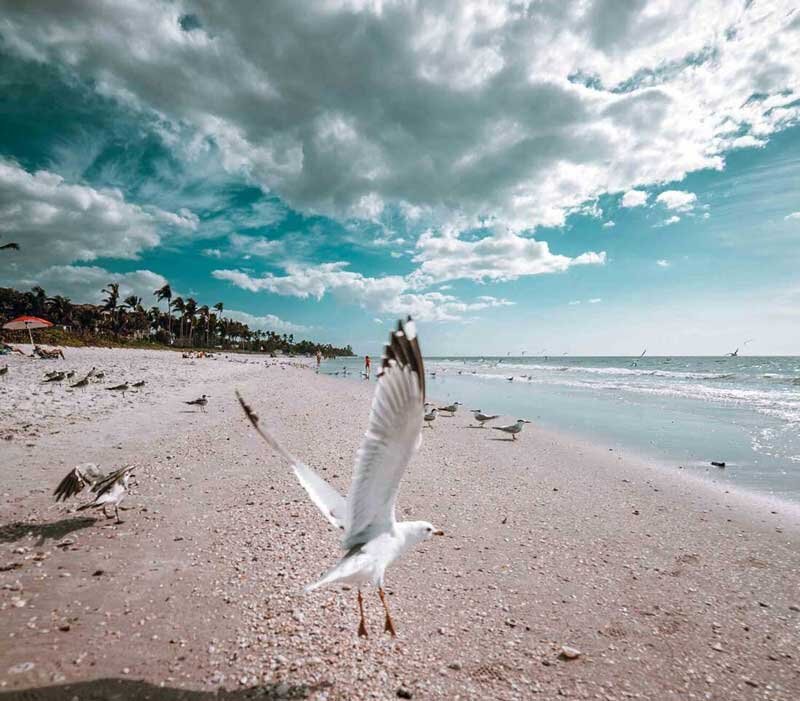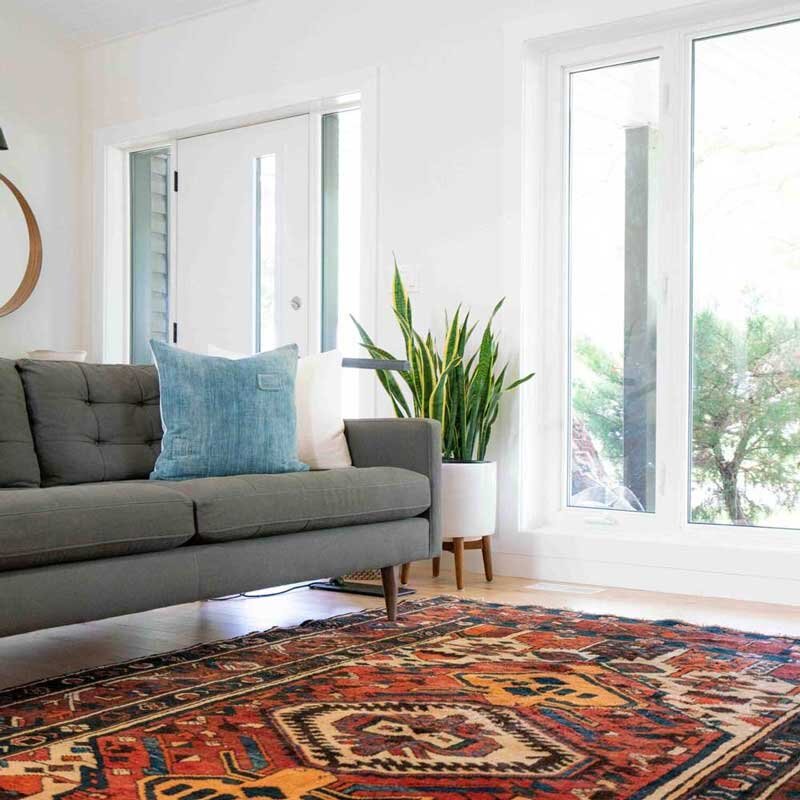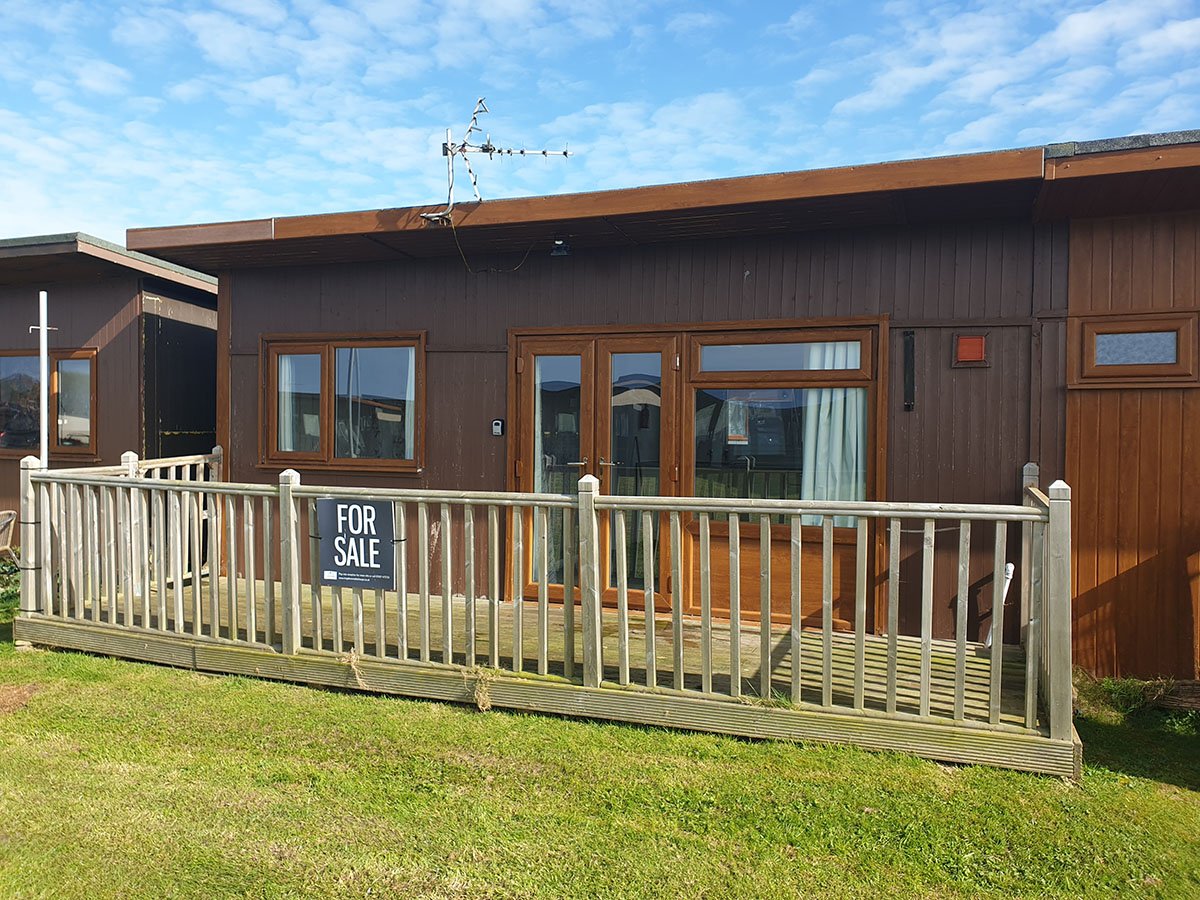We take a look at the origins of the UK Holiday Chalet, how the seaside became more accessible and fashionable from the 1950’s, how British architect John Taylor shaped coastal holiday homes and how chalet holiday homes quite literally are a place in the history of our UK holidays.
What is the definition of a holiday chalet?
There are some important distinctions to be made in the telling of this story. From the outset, let it be known that a Seaside Chalet is not to be confused with a Beach Hut. They are different things and both of them are different things to a Bathing Machine. The Bathing Machine, a sort of Beach Hut on wheels that allowed people to change and dip into the sea with absolute modesty, had all but disappeared from our holiday lifestyle by the early twentieth century. The Beach Hut however not only survived but entered into a new golden age, becoming highly prized; not to mention highly priced. The Seaside Chalet has a more complicated story. It’s a journey through not just the history of holidays, but also sociological change, and the mystery of how language shifts and alters over the years. To begin, there’s the issue of the difference between a chalet and a bungalow. For some there’s no overlap between these two words at all. They see these two buildings as being architecturally and linguistically distinct. For others, who dig a bit deeper, it’s more complex. The concepts become almost interchangeable.
The Seaside chalet - accessible and fashionable
For example, by the 1950’s the idea of a seaside chalet had become interchangeable, even synonymous, with the seaside bungalow. Certainly by then, on the coast of the UK, a self catering, usually single storey, holiday residence was referred to as both a chalet or a bungalow. The oddest thing about a bungalow is that, once, and almost simultaneously, in the nineteenth century, it represented the very essence of ‘arty’ bohemian life, as well as being the thing that the far more conservative, and very aspirational, middle class of the suburbs saw as the perfect goal, especially if it was to be a seaside second home. It fitted perfectly with the emerging, revolutionary, new concept known as the ‘weekend’. It was an era of change. Paid holiday time from work and the mobility afforded by the railways meant that more people were enjoying holidays. The seaside was now not just increasingly fashionable, it was accessible. The Victorians saw the potential and developed it.
Literally. In 1869, British architect John Taylor had designed and built some single storey residences at Westgate-on- Sea. The buildings would become an important part of this story, because a few months after they were completed a journalist described them as ‘bungalows’. The word was of Indian origin and referred to houses ‘in the Bengali style’. The name stuck. In fact Mr Taylor actively encouraged its use, seeing the potential of having a ‘label’ which he could promote.
At the same time, the word ‘chalet’ was also crossing from its original language into English. Long before Shepherds’ Huts became part of the ‘glamping’ landscape, seasonal workers herding sheep and cattle, in Switzerland and France, referred to their temporary accommodation not as huts, but as ‘chalets’. These purely functional places would be left empty and locked up over the winter. It was when the Alpine travel and tourism market opened up that the word chalet was borrowed to describe a holiday home. It would go on to embrace a range of meanings across the world. Whilst still usually associated with skiing, in the USA for example, it started to be used to describe the buildings that housed cafes in resorts. Crucially, for this story, the Americans also applied the word to beach side holiday homes.
How the chalet became the modern UK holiday home
Meanwhile, back in England the word bungalow, despite John Taylor promoting it, was not becoming particularly popular. The concept of the building itself may even have slipped away had it not been for a bizarre coincidence that fuelled the demand from both the ‘bohemians’ and the middle classes. If there was one thing that rescued the bungalow from obscurity it was a certain magic that came from its rather glamorous association with the legendary Pre-Raphaelite artist Dante Gabriel Rossetti. John Taylor had built some prefabricated versions of his design at Birchington. In 1882, when Taylor died, Rossetti was living in one of those bungalows. It was another important accident of history that he’d called his bungalow ‘The Chalet’. From there on the seaside chalet was the thing to have. Owning one was the dream. But, even if you rented it, or hired it, a seaside chalet was the place to spend a holiday. It was so aspirational that towards the middle of the twentieth century, when the holiday camps were becoming established as major players in the leisure market, their often quite basic huts for little more than sleeping in, were called chalets and to clean them was an army of cleaners, known as Chalet Maids!
As the twenty first century arrived the seaside chalet became an increasingly sophisticated concept. Better built, better appointed and sited in carefully chosen holiday locations it now emerged as the ideal holiday home. This was an opportunity to have somewhere to spend holiday time, as well as make an investment in property; an investment that would not only make a return on its capital value but also generate income from rentals when the owners weren’t using it themselves.
The environmental shift of flying less and holidaying more with a seaside chalet holiday home in the UK
As a growing awareness of the need to reduce air miles coincided with a mounting unhappiness with the stress of airports, and people sought a more tranquil approach to holidays, the UK holiday home in the form of a chalet became ever more popular. With the independence to invest their pension pots themselves, and all too aware of the lowest interest rates ever, the concept of buying a UK seaside chalet holiday home now emerged as a hugely attractive option. Twenty years into the twentieth century the greener, more cost effective and more family oriented seaside chalet holiday ticks a lot of boxes for a lot of people. Often located on custom built parks, and enjoying outstanding facilities, the modern seaside chalet represents a place to relax in, as well as being the base for exploring an area’s charms. The current situation may make such holidays seem a long way off. As we emerge from the essential restrictions we face at the moment, into a different kind of world, the seaside chalet will gain a new focus in our re-calibrated society. Family time, spent in financially sound, environmentally aware, circumstances will make so much sense.
UK Holiday homes at Tingdene Mablethorpe Chalet & Caravan Park in Lincolnshire
Buy a Holiday Chalet
If you are looking for a holiday chalet to purchase, Tingdene Mablethorpe is the perfect Lincolnshire retreat. Its contrast of traditional cedar wood chalets reflect the surrounding area’s mix of heritage and up to date attractions. Skegness, one of England’s oldest seaside resorts is nearby. Mablethorpe, Cleethorpes and Sutton-on-Sea are all steeped in history - take a look! Miles of golden sand, exciting scenery, beachside amusements, indoor attractions and good old-fashioned fun make the Lincolnshire coast a firm favourite. Whilst we may not be open right now, if you have any questions we are still available to help!

















